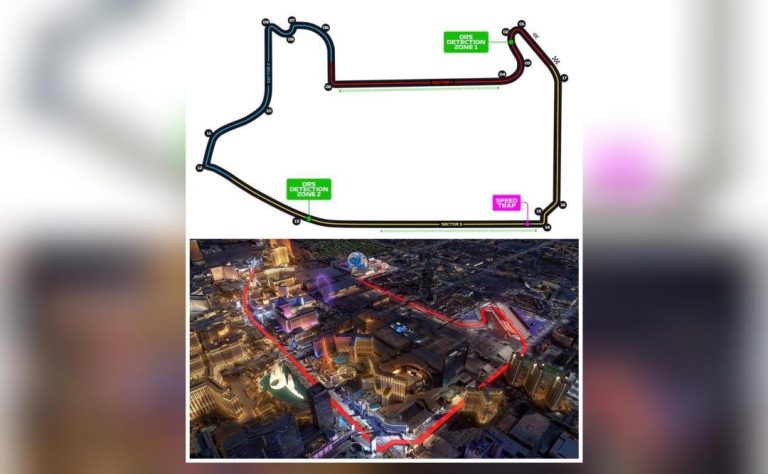
B’luru another Gurugram, golden goose being killed: Biocon’s Kiran
Bengaluru, the Silicon Valley of India, has long been a hub for innovation, entrepreneurship, and technological advancements. However, the city’s infrastructure and civic amenities have been a topic of concern for quite some time. In a recent post on X, Kiran Mazumdar-Shaw, the Chairperson of Biocon, a leading biotechnology company, criticized Bengaluru’s infrastructure, drawing a parallel with Gurugram. She wrote, “This is the fate of every rich city. Bengaluru is another Gurugram. The state plunders and kills the golden goose with no responsibility to provide basic infrastructure and civic amenities.”
Kiran’s statement has sparked a heated debate, with many agreeing with her sentiments and others defending the city’s growth and development. But, is Bengaluru indeed another Gurugram, as Kiran suggests? Is the state indeed plundering and killing the golden goose without providing basic infrastructure and civic amenities?
To understand the context, let’s take a look at Gurugram’s governance. In 2020, ex-NITI Aayog CEO Amitabh Kant criticized Gurugram’s governance, stating that the city’s rapid growth had led to chaos and lack of planning. He emphasized the need for a more sustainable and inclusive approach to urban development. Gurugram’s infrastructure, once touted as a model for other cities, has been marred by traffic congestion, inadequate public transportation, and poor waste management.
Similarly, Bengaluru is facing similar challenges. The city’s rapid growth, driven by the IT industry, has put pressure on its infrastructure. Traffic congestion, poor air quality, and inadequate public transportation are just a few examples of the city’s challenges. Kiran’s statement highlights the need for the state to take responsibility for providing basic infrastructure and civic amenities to support the city’s growth.
But, is the state truly responsible for the city’s woes? Some argue that the city’s growth is driven by its residents and businesses, and that the state is merely reacting to the demands placed upon it. They point to the city’s vibrant entrepreneurial ecosystem and its ability to attract talent from across the country as evidence of its resilience.
However, Kiran’s statement highlights the need for a more proactive approach to urban development. The state must recognize its role in supporting the city’s growth and take steps to ensure that its infrastructure and civic amenities are adequate to support its residents and businesses. This includes investing in public transportation, improving waste management, and providing affordable housing.
Kiran’s statement also raises questions about the city’s governance. Is the city’s administration equipped to handle its growth? Is there a lack of coordination between different departments and agencies? Is there a lack of transparency and accountability in the city’s governance?
To address these questions, the city needs to adopt a more inclusive and participatory approach to urban development. This includes engaging with citizens, businesses, and civil society organizations to understand their needs and concerns. It also requires the city’s administration to be more transparent and accountable in its decision-making processes.
Kiran’s statement has sparked a debate about the state of Bengaluru’s infrastructure and civic amenities. While some argue that the city is indeed another Gurugram, others defend its growth and development. However, the fact remains that Bengaluru is facing similar challenges as Gurugram, and that the state must take responsibility for providing basic infrastructure and civic amenities to support its growth.
As Kiran so aptly put it, “This is the fate of every rich city. Bengaluru is another Gurugram. The state plunders and kills the golden goose with no responsibility to provide basic infrastructure and civic amenities.” It is time for the city’s administration to take a more proactive approach to urban development, to engage with its citizens and businesses, and to ensure that its infrastructure and civic amenities are adequate to support its growth.






